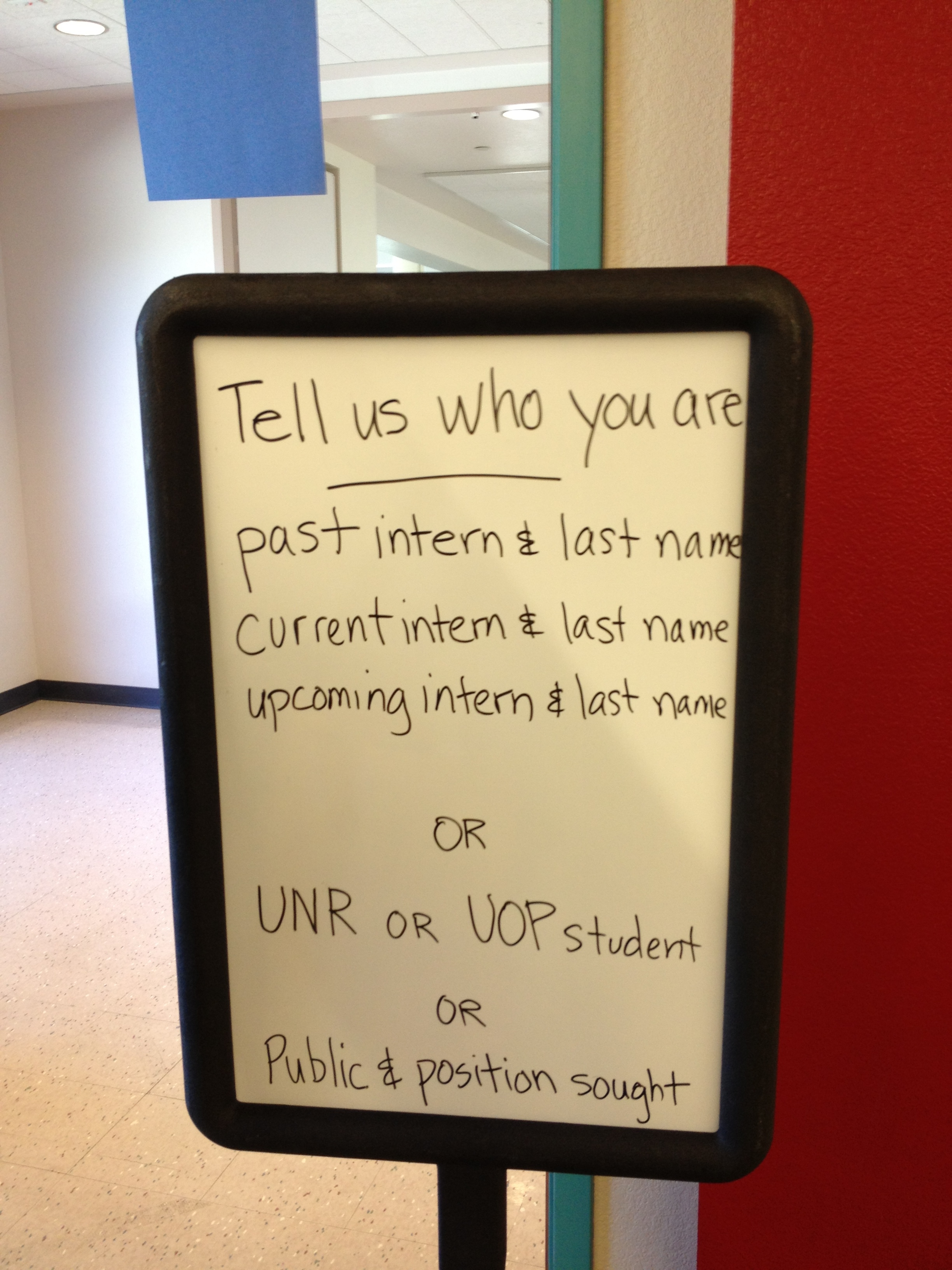 Groans and whining; that’s all I heard while listening to my previous student describe her experience at a student job fair:
Groans and whining; that’s all I heard while listening to my previous student describe her experience at a student job fair:
“It was the same old, same old. I pitched the same monologue over and over while shaking the hands of local employers in hopes that I land a job after graduation. Why do I have to work so hard for only a few potential jobs? It seems like someone should have invented a more efficient way for students to land a cool job by now… isn’t this the 21st century?”
Looking at her with amusement, I shook my head in agreement before replying, “Check out Presentfull.com”.
You see, until now, colleges and universities have used traditional, localized methods to introduce students to the workforce. It has been a difficult task that requires significant time, staffing, and institutional resources. Many postsecondary institutions cannot afford student employment resources which leave students to experiment with employment challenges alone. Fortunately, higher education can now use social media to achieve our instiutional mission faster and more efficiently.
Presentfull.com offers a more effective approach to increase student employment rates. If enrolled in college, a student can create a free profile to market themselves and apply for internships, part-time, and full-time jobs. Presentfull’s international student employment website has officially launched this month in the United States. I suggest that students, higher education, and the business sector explore its usefulness.
Think about it…no more door-to-door, hope to get an interview, inefficient employment plans. You now have the freedom to brand yourself as a qualified professional from the comfort of your own home. Presentfull.com is a new resource for college students to introduce themselves, develop and promote their resume, network with local and international companies, and apply for jobs all on one website. Did I mention it’s free?!
How can your business benefit from having a free profile on Presentfull.com? How can college students benefit from marketing their skills and applying to jobs all around the world? How can professors use Presentfull to increase student engagement and learning? And lastly, how can higher education benefit from using Presentfull's resources?
- Business Benefits- Open access to qualified college students interested in internships, part-time jobs, and full-time careers at your company.
- College Student Benefits- Increase professional network of potential employers and business partners, apply for internships, part-time jobs, and full-time careers on a local level and international level, and engage with other students and college professors.
- Professor Benefits- Familiarize yourself with students, create a free class discussion forum, introduce your students to open job opportunities that correspond with your course topic, and invite business professionals to speak to your class as guest experts.
- Higher Education Benefits- Free and streamlined student career planning: resume/CV development, Video Resume development, Cover Letter/Letter of Interest development, application station, mentor and network center.
Check out Presentfull.com for yourself by creating a free profile. Let me know what you think.
Also, congratulations to all 2012 graduating college students and incoming fall senior college students. I hope the Presentfull.com resource helps you get the job/internship that makes you very happy and successful. Good luck. -Tara

